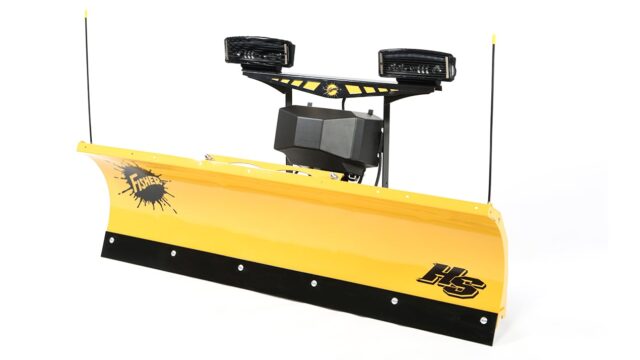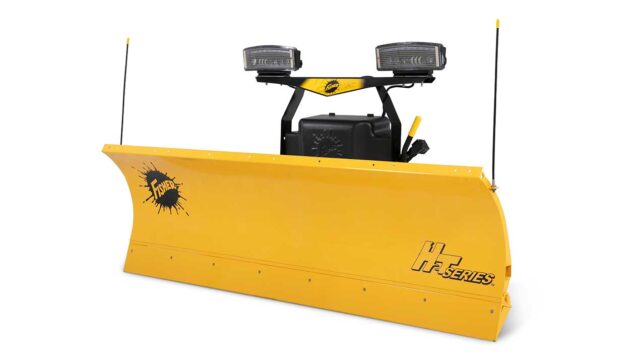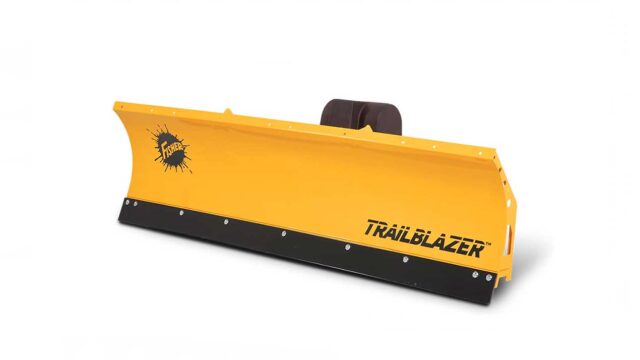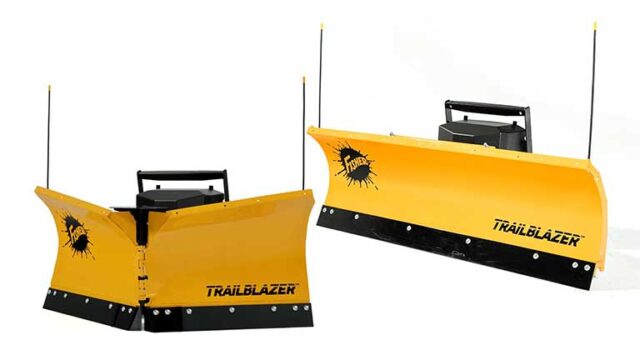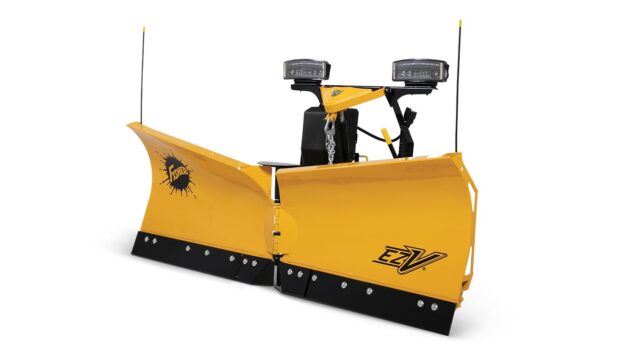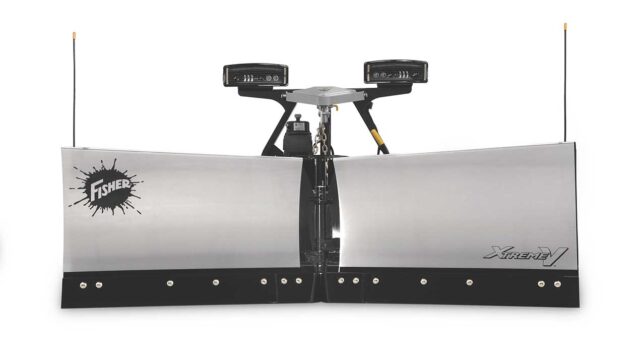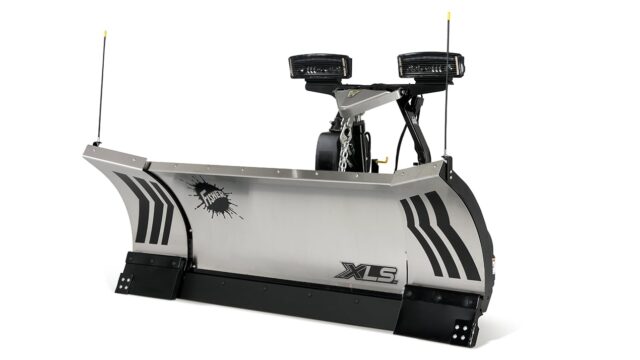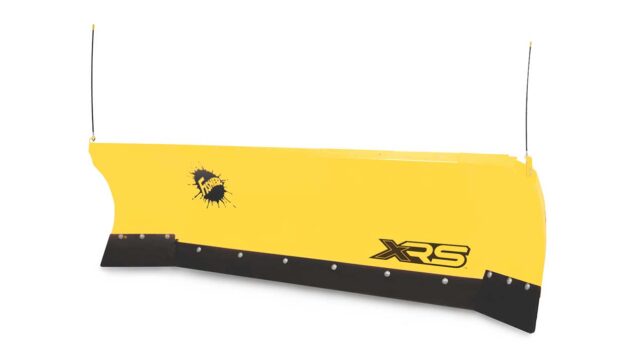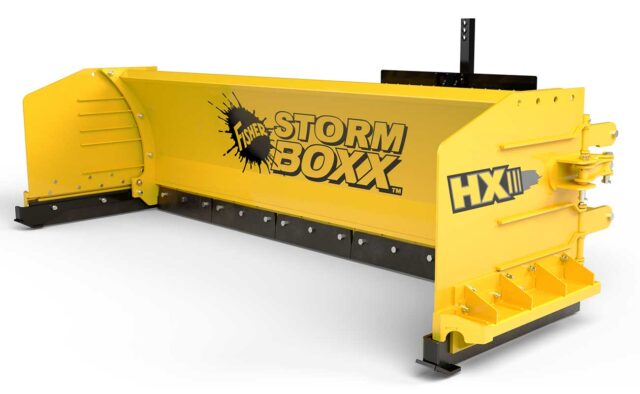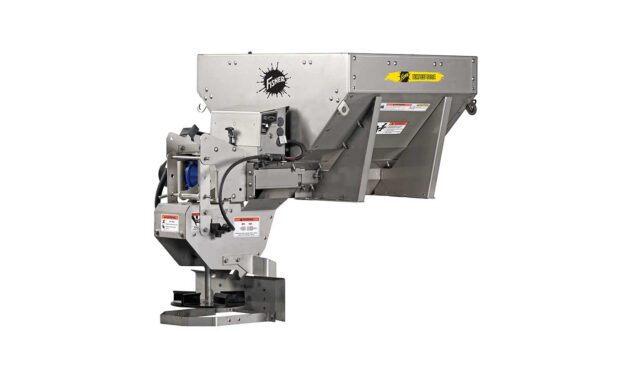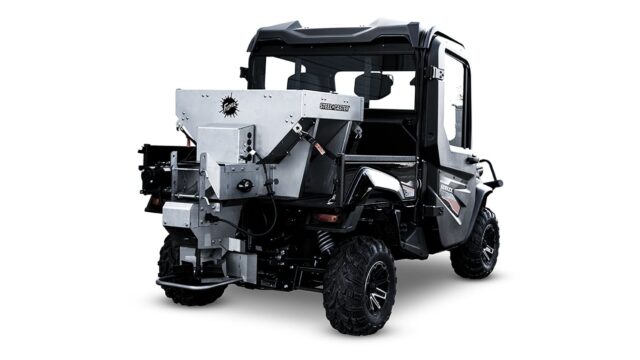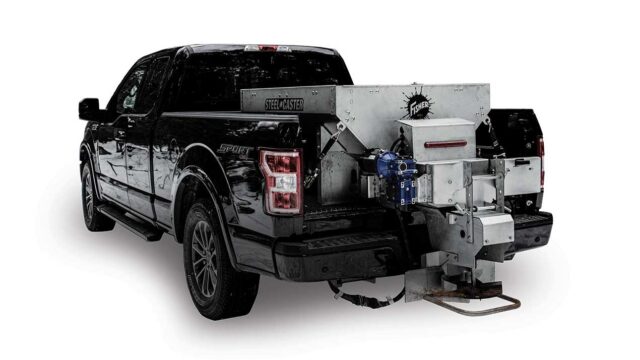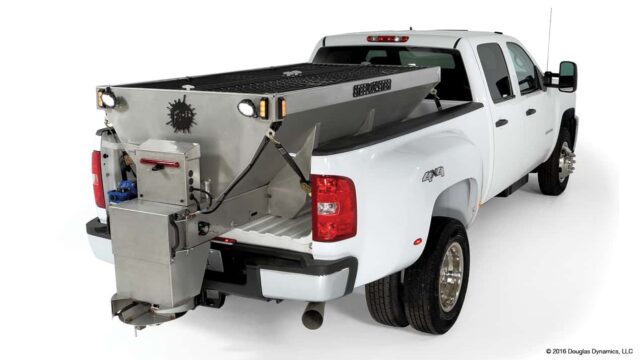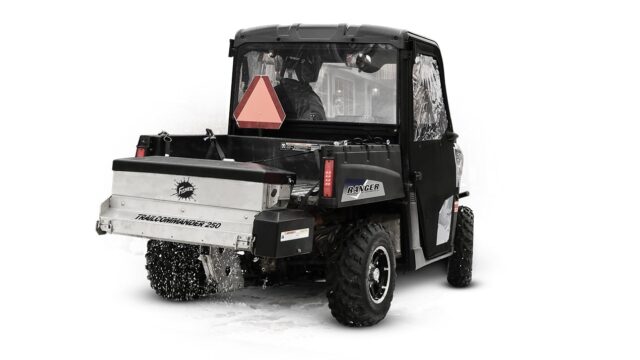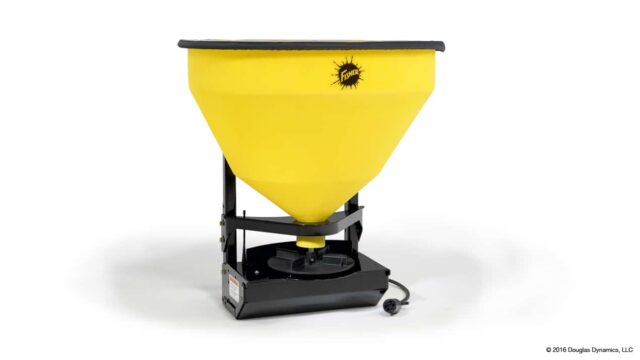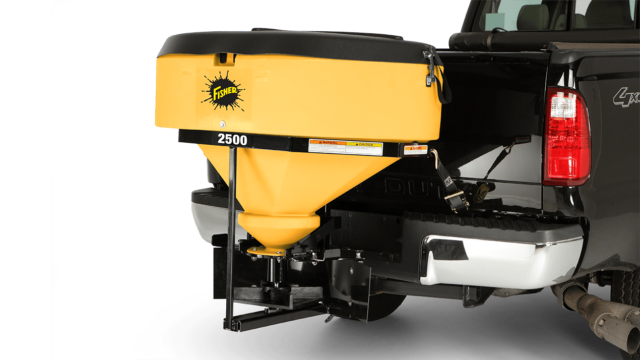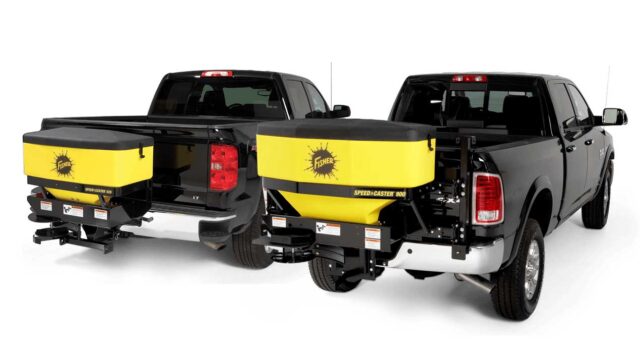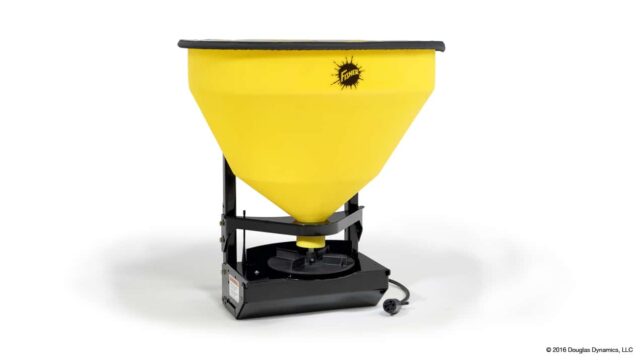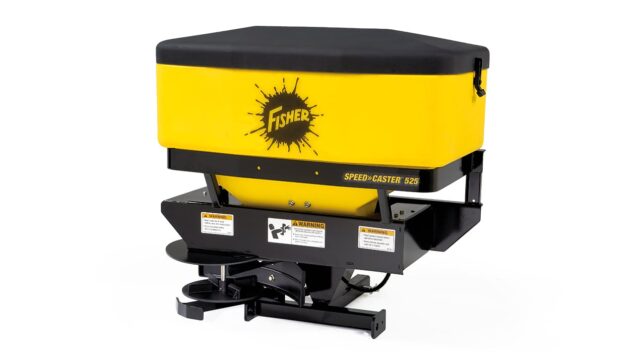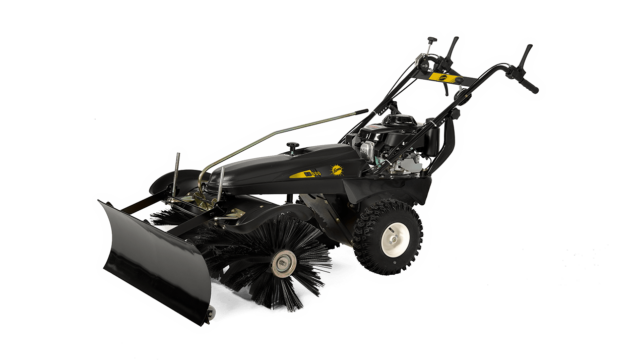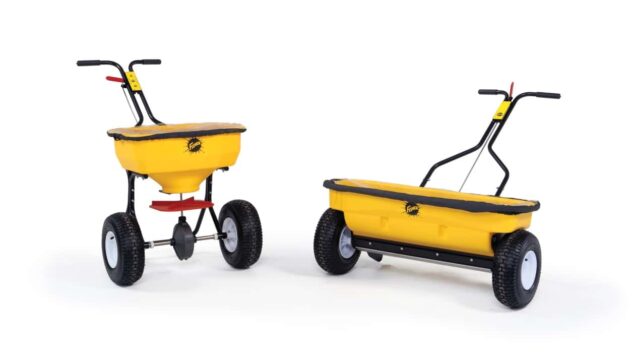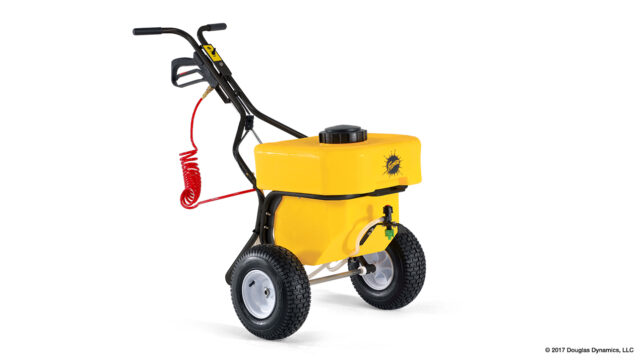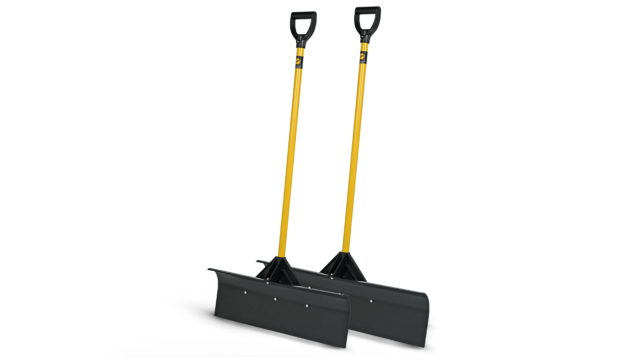Spreader Selection 101—Which Model Is Right For You?
Created May 20, 2020

When snow and ice contractors decide to purchase a new spreader, there are many aspects to consider. The most obvious being capacity, but the material you plan to use, spreader style and feed system should all be evaluated. Not all spreaders are created equal because not every job is the same. Here’s a guide to help you make an educated business investment and select the right spreader to meet your needs.
Spreaders Are Purpose-Built for Various Vehicle & Job Types
First, consider what type of vehicle you will be using (light-duty truck, heavy-duty truck, tractor, SUV or UTV) because that will narrow down your search results right away. Next, there are two popular styles of spreaders—an in-bed hopper spreader that is located inside the bed of the vehicle or a tailgate spreader that is attached to the vehicles hitch and hangs off the back.
When you’re salting large parking lots or roadways, an in-bed hopper spreader is the best choice because of the ability to carry more material, resulting in less reloading time. There is an added cost for equipment to load it but buying material in bulk can save a lot of money compared to bagged material. A tailgate spreader is the preferred choice for residential driveways or small parking lots. Since the truck bed is empty, you can load it with extra bagged material to refill on the go. The extra material can also help with ballast weight and improve traction.
If you have access to a UTV, adding a tailgate spreader can be a very efficient and quick solution to salting sidewalks or small driveways. It reduces the manual labor sidewalk crews endure and also helps to spread material more evenly across the pavement. Walk-behind spreaders are also a tried and true method for sidewalk services if a UTV isn’t available.
Size Matters When it Comes to Spreader Capacity
Getting the correct sized hopper for the job makes all the difference. An undersized spreader will result in more travel time to refill material and less time on the job. Not to mention the wear and tear on your vehicle and wasted fuel. If the spreader is too big, it could exceed your vehicle capacity when fully loaded.
When selecting the size of your hopper spreader, you’ll need to know your vehicle’s GVWR (Gross Vehicle Weight Rating) and RGAWR (Rear Gross Axle Weight Rating), as those values, along with the front and rear axle curb weights, will ultimately determine the size of spreader you can get for your truck. For safety reasons, you must choose a spreader that will not cause your completed vehicle including spreader, spreading material, occupants, and additional vehicle accessories to exceed your vehicle’s posted GVWR or RGAWR.
Feed System Compatibility Is Important for Performance
Most contractors prefer a specific delivery feed system—auger or pintle chain—based on the material they are planning to spread and the amount of maintenance they want to perform on it. A pintle chain conveyor can handle heavier, wet materials or sand and is ideal for high-speed applications like highways and city roads. Whereas an auger is best for free-flowing materials like bulk salt at a slow, smooth flow rate for driveways and parking lots. The auger also has independent controls for the drive and spinner motors, so you can increase or reduce the vehicle speed without affecting the spreading width. The precise material application capabilities cut down bulk material by at least 20%.
Spreaders Are Only As Good As the Material They’re Made From
There are two common types of materials for spreaders—polyethylene or stainless steel—both are corrosion resistant, which is especially important if you’re using salt. Stainless steel options are strong and durable but can be a bit heavier than poly. The lighter the spreader, the more opportunity to load greater amounts of de-icing material—up to 500 pounds in many cases—before exceeding the posted GVWR or RGAWR for a particular vehicle. Poly is also inherently smoother so the materials tend to slide easier inside the spreaders, doing a nice job of flowing material down to the pintle chain or auger.
Accessories Can Customize the Fit
Most spreaders are versatile and built for a variety of uses, but you may need additional accessories to achieve a desired performance. Two of the most widely used accessories are vibrators to reduce bridging and an inverted V to help keep weight off of the feed system. Some spreaders even have pre-wet capabilities that spray solid de-icers with a liquid brine solution as its being dispersed to the pavement to enable it to work faster at colder temperatures. This proactive method can reduce material costs by up to 40% because less salt is needed to get the job done.
If possible, it’s nice to have a variety of spreaders to apply to various jobs but if you’re trying to decide which spreader is best for your business, it’s safe to stick with something that is scalable, long-lasting and versatile since you can’t anticipate where your business will evolve. Find out which spreaders will best fit your fleet by using the spreader selector tool.
